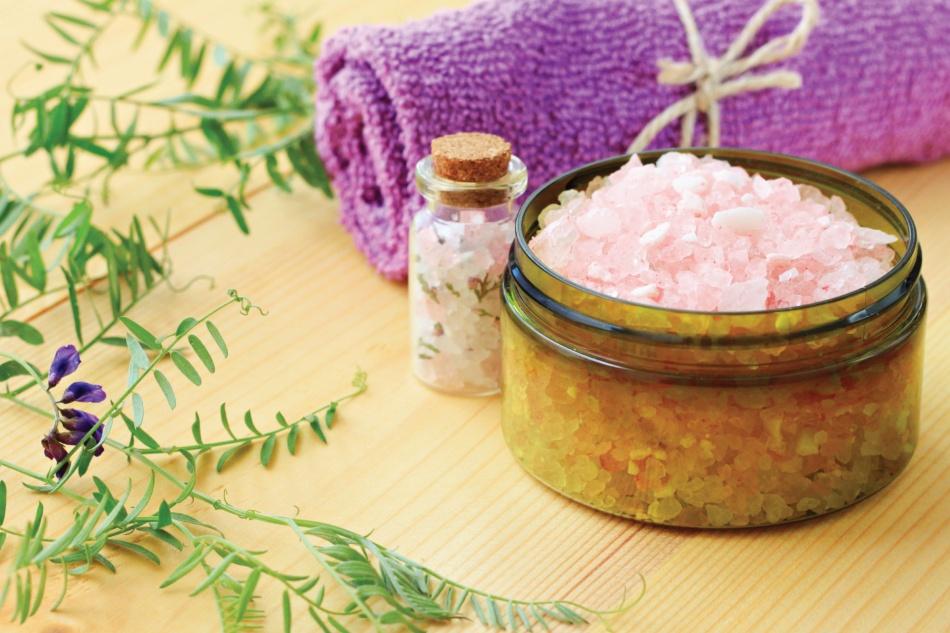DIY Natural fabric softener

Did you know the earliest fabric softeners were made from just soap and olive oil?. Unfortunately that's not the case today.
Now in many you'll find artificial perfumes and dyes (you can bet there are no oriental flowers in that "Oriental Bouquet"!)
Fabric softeners leave a thin coating of synthetic ingredients on your clothes, much like wax on a car. This makes your clothes feel smoother, but also makes the fibres less absorbent, which isn't always ideal - especially in the case of bath towels, and sweat-absorbing fabric in athletic wear.
With microfibre cloths and towels, softeners can actually ruin them - so keep your expensive Enjo away!
According to this study, fabric softeners emit toxic VOC's (volatile organic compounds) which, much like artificial room fresheners and deodorants, can irritate existing respiratory conditions. Excess product gunk from softeners can also build up in your washing machine, causing parts to deteriorate and leaving brown streaks on your clothes. And of course, it's not great for the environment either.
But... if you STILL love how softeners make your clothes feel, don't despair. There's no need to give up that cuddly softness, or the delightful aromas, when there are amazing natural alternatives. This fabric softener-in-a-jar is easy to make, low cost and biodegrable... and it will leave your laundry soft and fresh.
Bosisto's DIY fabric softener
You'll need:
2 cups of Epsom salts
20-30 drops of your favourite essential oil (Lavender or Eucalyptus Oils are both wonderful in the laundry)
1/2 cup baking soda
A container with a tightly fitting lid
Directions:
Mix together the Epsom salts and essential oil first, then add the baking soda. Mix well until all combined and pour into a container (like a wide-necked, screw top or vacuum hinge jar).
Label the jar, especially if you plan on doing a few with different scents. Use 2-3 tablespoons each load, during the rinse cycle.
Always read the label and follow the directions for use.


